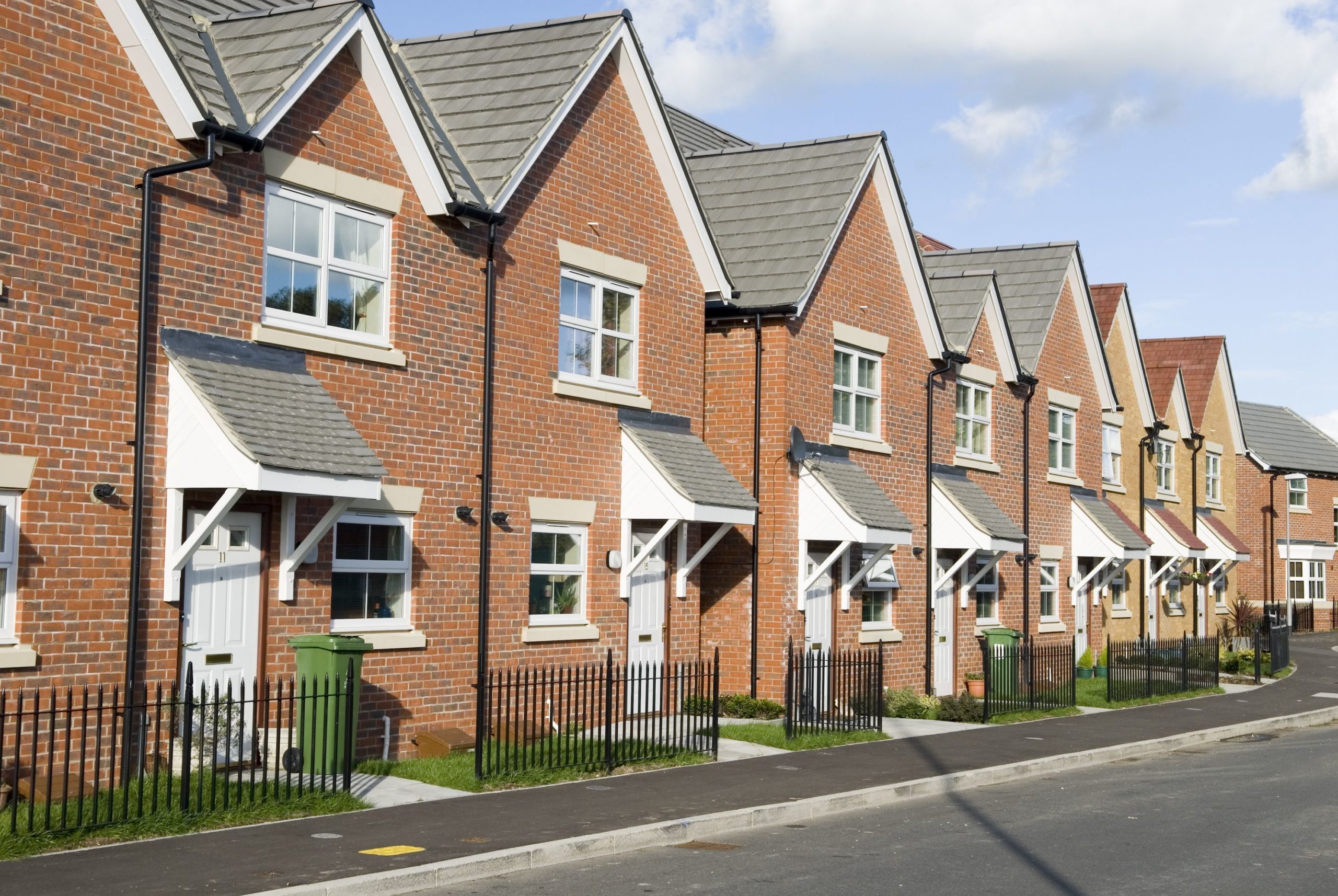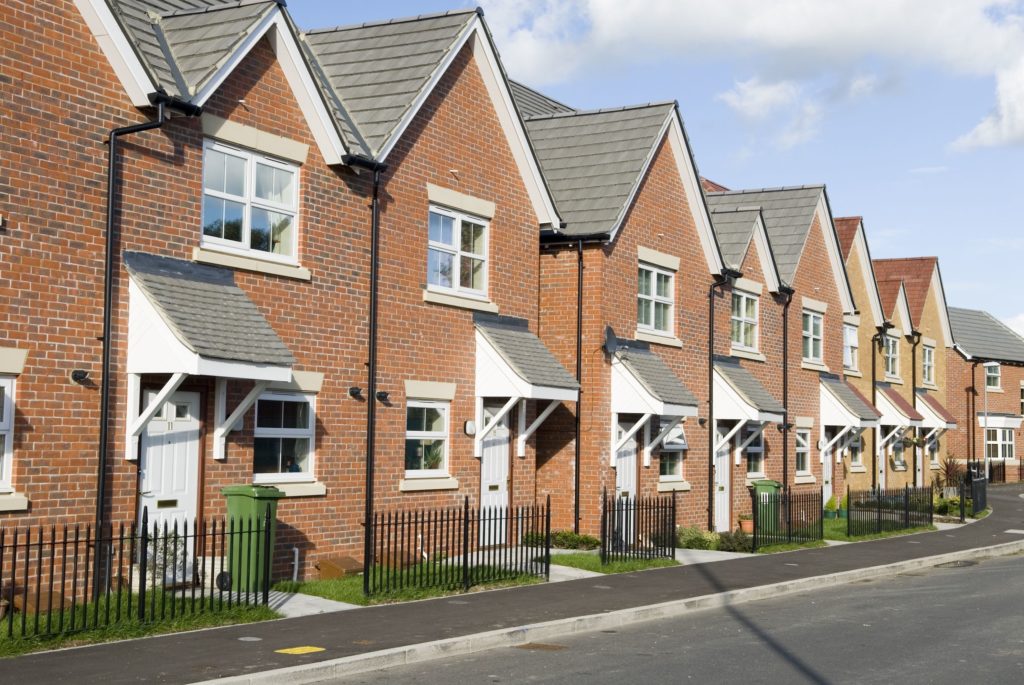
Revolutionizing Urban Planning: A Solution to the Housing Crisis
The global housing crisis has reached unprecedented levels, with soaring property prices and a shortage of affordable homes. Leaving countless individuals and families struggling to find adequate housing. Amidst this crisis, urban planning emerges as a critical player, holding the potential to reshape the way we live and address the housing shortage. In this blog, we delve into the transformative role of urban planning in mitigating the housing crisis. Exploring innovative policies and strategies to optimize land use, encourage mixed-use developments, and create more inclusive and livable communities.
Optimizing Land Use:
One of the primary challenges contributing to the housing crisis is the inefficient use of available land. Traditional zoning regulations often segregate residential, commercial, and industrial areas, limiting the efficient use of space. To address this, urban planning can adopt a more flexible approach, encouraging mixed-use developments that integrate residential, commercial, and recreational spaces within the same locality.
By reimagining zoning laws and promoting higher-density developments, cities can optimize land use, making more efficient and sustainable use of available space. This not only maximizes housing options but also fosters vibrant and dynamic communities where residents can live, work, and play within close proximity.
Encouraging Mixed-Use Developments:
Mixed-use developments are a cornerstone of modern urban planning solutions. Integrating residential and commercial spaces in a single neighborhood can reduce commuting times, ease traffic congestion, and enhance the overall quality of life for residents.
Urban planners can incentivize developers to create mixed-use projects by offering tax breaks, streamlined permitting processes, and other financial incentives. By doing so, cities can not only address the housing crisis but also promote economic vitality and community cohesion.
Promoting Affordable Housing:
Urban planning plays a pivotal role in ensuring that housing is affordable and accessible to diverse socioeconomic groups. Policymakers can introduce inclusionary zoning, requiring developers to allocate a percentage of new developments for affordable housing units. This approach fosters socio-economic diversity, preventing the creation of exclusive enclaves and promoting a sense of community for residents from various income brackets.
Furthermore, collaborative efforts between local governments and non-profit organizations can result in community land trusts. Where land is owned collectively, preventing speculation and ensuring long-term affordability.
Creating Inclusive and Livable Communities:
Beyond simply providing shelter, urban planning should focus on creating inclusive and livable communities. This involves designing neighborhoods with green spaces, community centers, and accessible public transportation. Walkable neighborhoods with amenities like grocery stores, schools, and healthcare facilities contribute to residents’ well-being while reducing reliance on cars and promoting sustainability.
Additionally, urban planners can engage communities in the planning process. Incorporating their input to ensure that developments align with local needs and preferences. This participatory approach fosters a sense of ownership and connection among residents.
Conclusion:
The housing crisis is a complex challenge, but urban planning offers a powerful tool to reshape our cities for the better. By reimagining zoning laws, encouraging mixed-use developments, promoting affordable housing, and creating inclusive communities. Cities can pave the way for a more sustainable and equitable future. It’s time to harness the potential of urban planning to address the housing crisis and build cities that truly serve the needs of all their residents.






